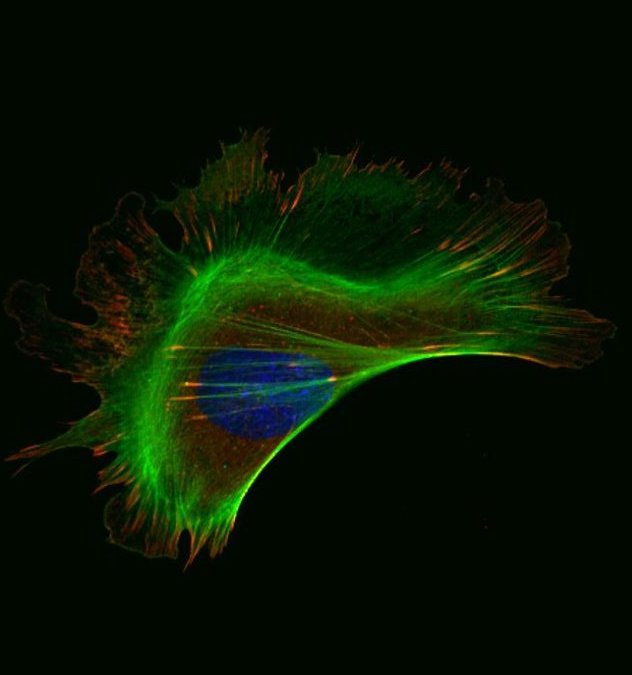A hallmark of cancer is the spread, or metastasis, of cells from the tumor to distant tissues and organs. This invasion eventually causes the death of the patient. Breast cancer cells can travel alone, but they prefer to travel in small clusters. However, little is known about how they travel collectively. This project looks at how the physical forces exerted upon cancer cells by confinement within a tumor can regulate the migration of these cells, both collectively and alone. This project also uses computer modeling and as in vivo imaging to map breast cancer cell migration under different microenvironments.
The project has three aims:
- To develop a an integrated computational and 2D experimental model that examines the role of a specific membrane bound protein (E-cadherin) on group and single breast cancer cell migration under different confined space regimes
- To examine the different means of locomotion of breast cancer cells during primary tumor invasion under different 2D physical microenvironments
- To validate the mechanisms of collective versus single cell migration using a 3D breast cancer cell-culturing environments
Project leader: Konstantinos Konstantopoulos
Co-investigators: Sean Sun, Andrew Ewald, and Kenneth Pienta



